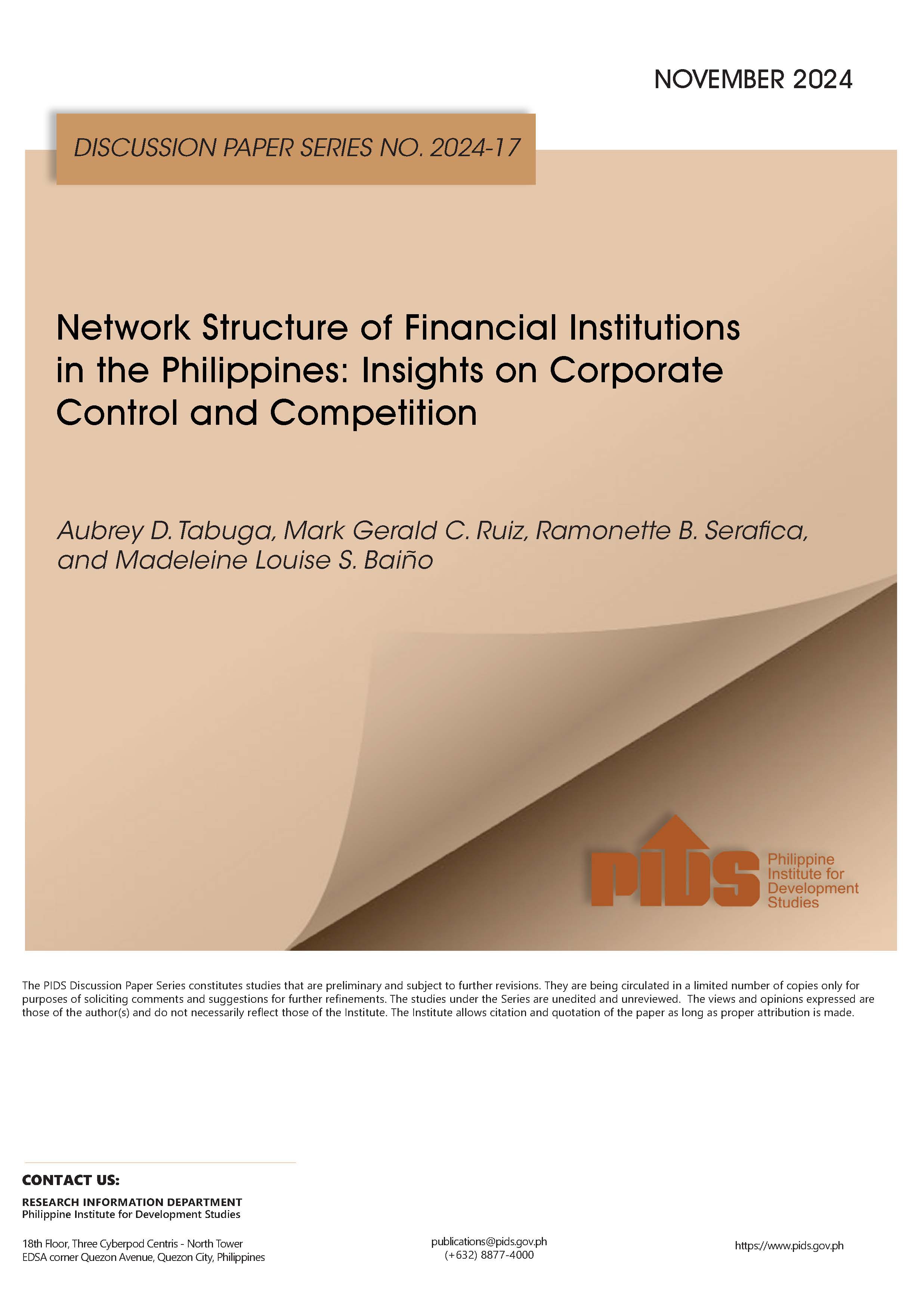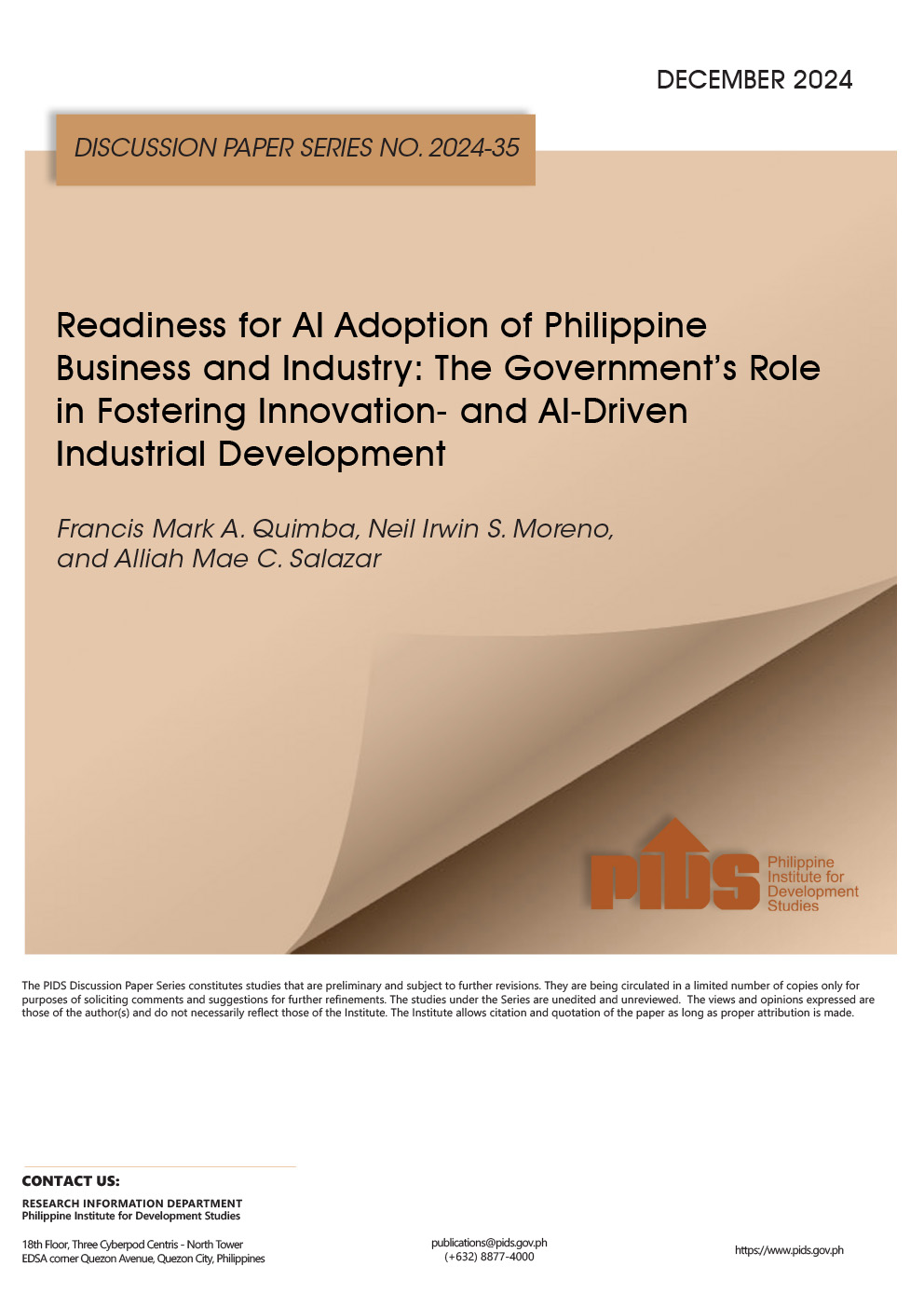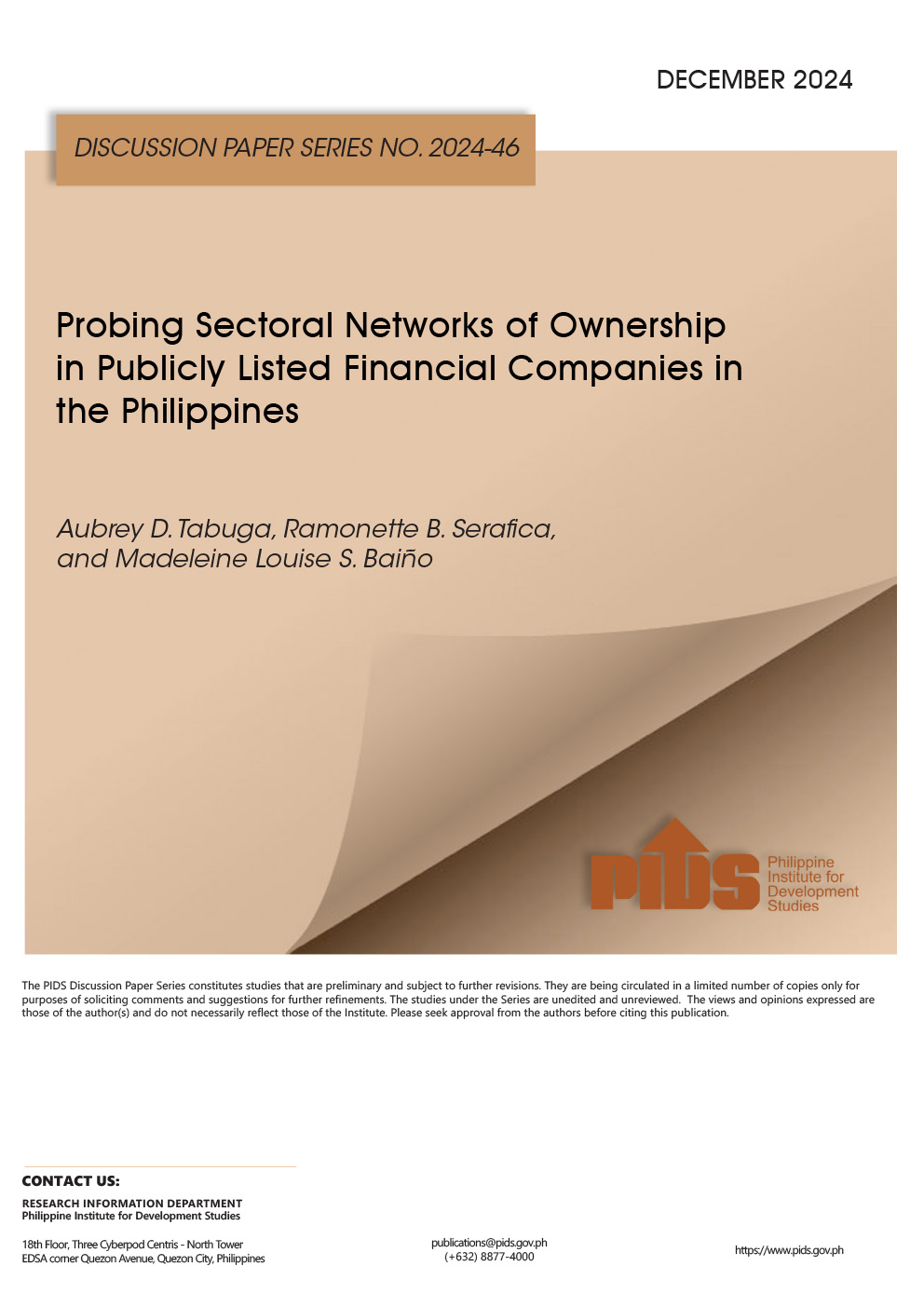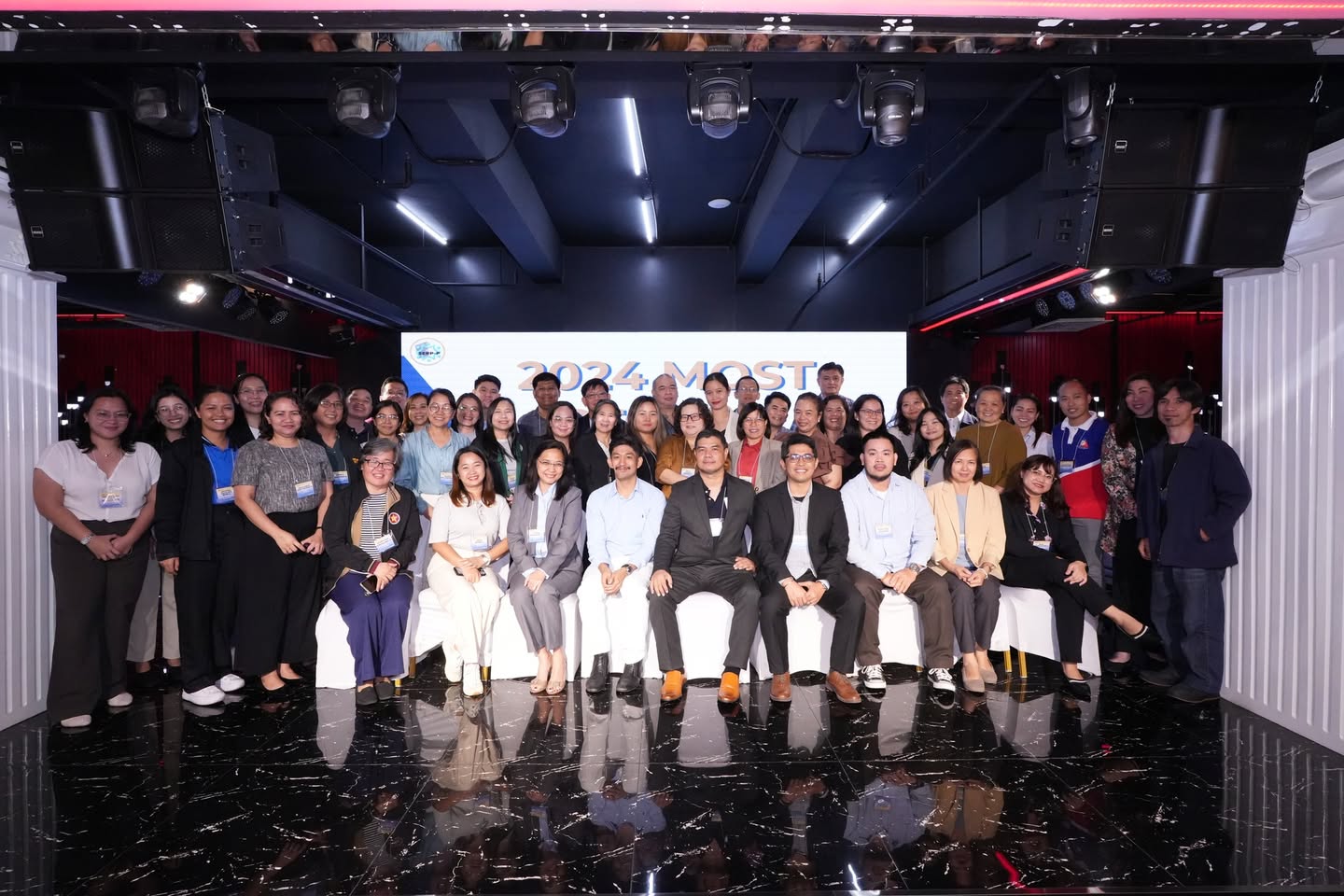The Bangko Sentral, through its research academy, and the Philippine Institute for Development Studies deserve our congratulations for undertaking collaborative research activities on the Philippine economy and the growth of digitalization. They held a webinar last Oct. 27.
Three papers were discussed, each of which were undertaken by individual teams of researchers. All studies contribute to a better understanding of what needs to improve in the country’s economic policies on these subjects. Another aspect of convergence is that they all eventually involve some element of the role of digital technology in the Philippine future.
IT-BPO industry. The first paper was on labor productivity and wages in the IT-BPO (internet-based business process outsourcing) industry in the Philippines. The study contains details of the sector that are interesting in themselves. This industry has become a major and steady earner of foreign exchange, along with OFW remittances, for the country over time, in the last two decades.
The industry has also been slowly undergoing some transformation. Although still heavily dominated by call centers and other types of inputs conveniently provided by BPO companies, the BPO industry has branched into more activities that require higher skill sets. It is imperative that direction into a new path for the BPO industry be undertaken.
The fact is that the main core of the industry, as it still exists – the call centers and other relatively similar activities, are themselves facing an existential threat from artificial intelligence or robot machines.
There is potential for that future with the skills learned in the current industry and the need to redefine the emerging new skills and prepare for them. How far we can participate in that future world is a challenge worth exploring.
Success in this kind of transformation will depend on how foreign investments can be made to fill a major element of the technological gaps that will have to be developed in order to succeed. This is the big challenge to policy-makers.
FDI flows to ASEAN-5. The second paper is a study of FDI flows and their determinants among five ASEAN countries, in which the Philippines is included, as a sample. As many of these studies consistently indicate, the Philippines has underperformed in bringing in more FDIs. The main idea therefore is to improve on key areas of weaknesses.
A proper response from Philippine policy-makers is needed to realize the implications of the following findings of the study: High corporate taxes and foreign equity restrictions on FDIs discourage their inflows. On the positive side of encouragement are a good endowment of human capital, infrastructure in place, and good governance encourage FDI inflows, but corruption (or bad governance) discourage inflows.
The implication to the nation is to further open the economy to more foreign direct investments, harnessing the potentials that they bring and creating a productive involvement of Filipino human capital into the required skill sets.
Philippine financial inclusion. The third paper on Financial Inclusion by Margarita Debuque-Gonzales is a path-breaking study on Philippine financial inclusion. For this reason, I devote the remaining space on this topic, because the subject is new and comprehensive.
It deals with important issues of measurement, verification, and regional comparison within the country. The task is well-executed.
Broadly, “financial inclusion” means individuals and businesses have access to useful and affordable financial products and services that meet their needs.
Financial inclusion is “more inclusive” as more and more of the country’s poor are able to participate in financial activities. That means they are brought into the realm of commerce, too. In this sense, financial inclusion is almost synonymous with development.
The study asks three fundamental questions and provides sound answers to all of them, even if they may be preliminary.
(1) How does the Philippines compare with other countries in developing Asia (broadly developing East Asia and ASEAN countries) in financial inclusion?
(2) What are the stylized facts of financial inclusion in the Philippines?
(3) Financial inclusion being multi-dimensional, to construct a measure that can help answer important empirical facts and policy questions?
With respect to (1), she finds that while the country is considered on pace or even ahead of other neighbors in policy announcements, the result in terms of policy outreach is mixed. In terms of the ownership of financial accounts, the country is generally behind its developing Asian neighbors. This is a challenge to policy-makers to expand on financial inclusiveness.
With respect to (2), to arrive at stylized facts, the study undertook an analysis of Philippine microdata on financial accounts and ownerships, subjected these to state-of-the-art statistical analysis. In general, formal credit is likely to be found where one is richer, more educated, wage-employed, female or older (up to middle age). Less than a 10th of the population of adults tap formal credit – among the lowest in developing Asia. Also, informal credit is very prevalent, commonly among 40 percent of the adult population.
With respect to (3), the major finding about the index of financial inclusion is the big gap between the NCR (National Capital Region) and other regions of the country and, between the other regions of the country and the Bangsa Moro region). Also, financial inclusion is associated with indicators of economic development (GDP per capita, electricity access, and literacy) and negatively associated with poverty incidence and income inequality.
The national government and the BSP have begun to target the financially excluded by encouraging the use of basic or low-fee accounts and also the use of government-to-person payments as a means of increasing greater financial participation, such as the Pantawid program of helping the poor who receive government aid.
Also, the COVID-19 pandemic has sped up the implementation of the National ID system to help eliminate documentation barriers to banking and other services.












